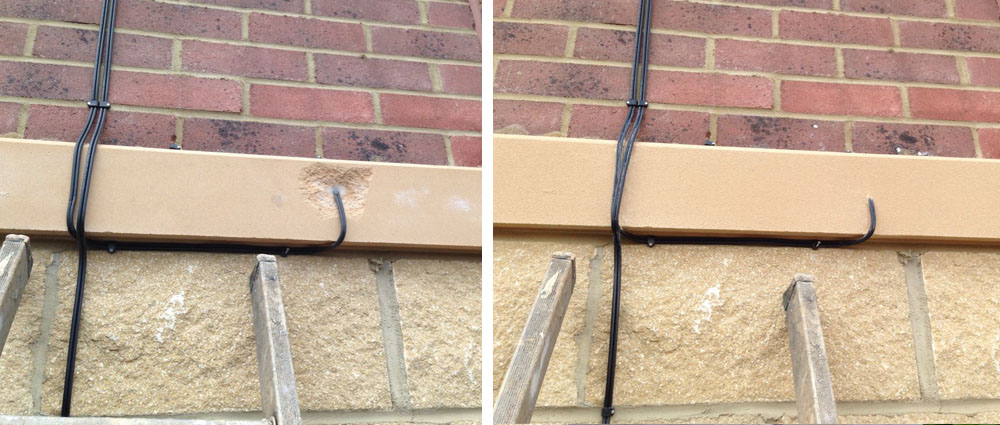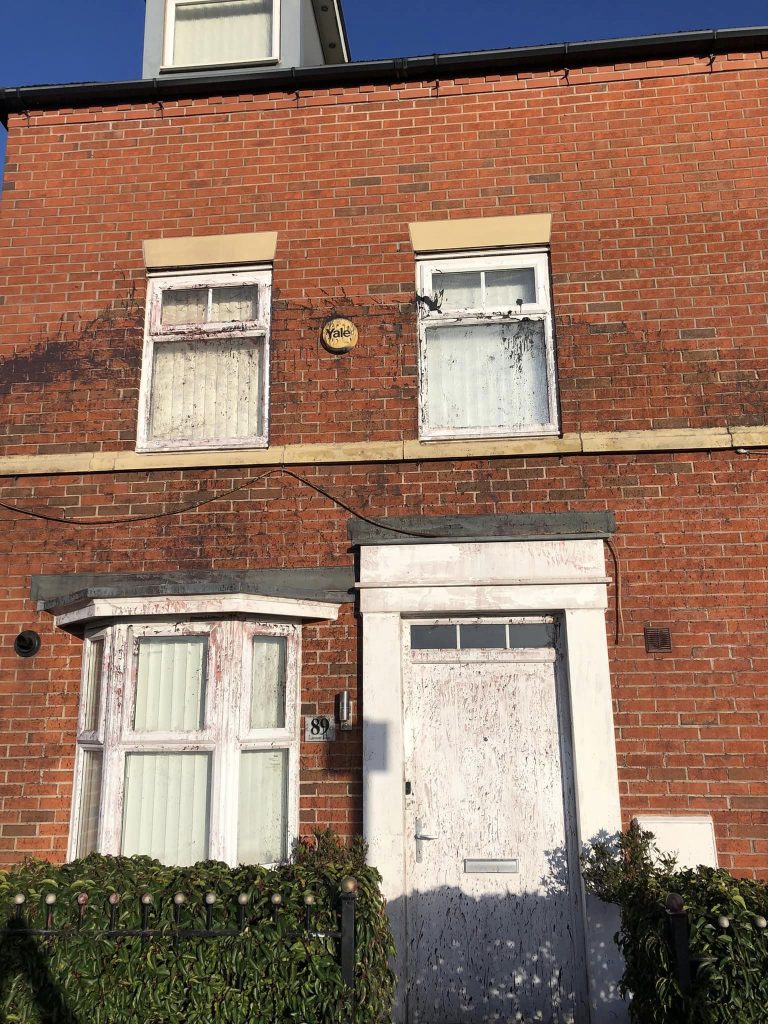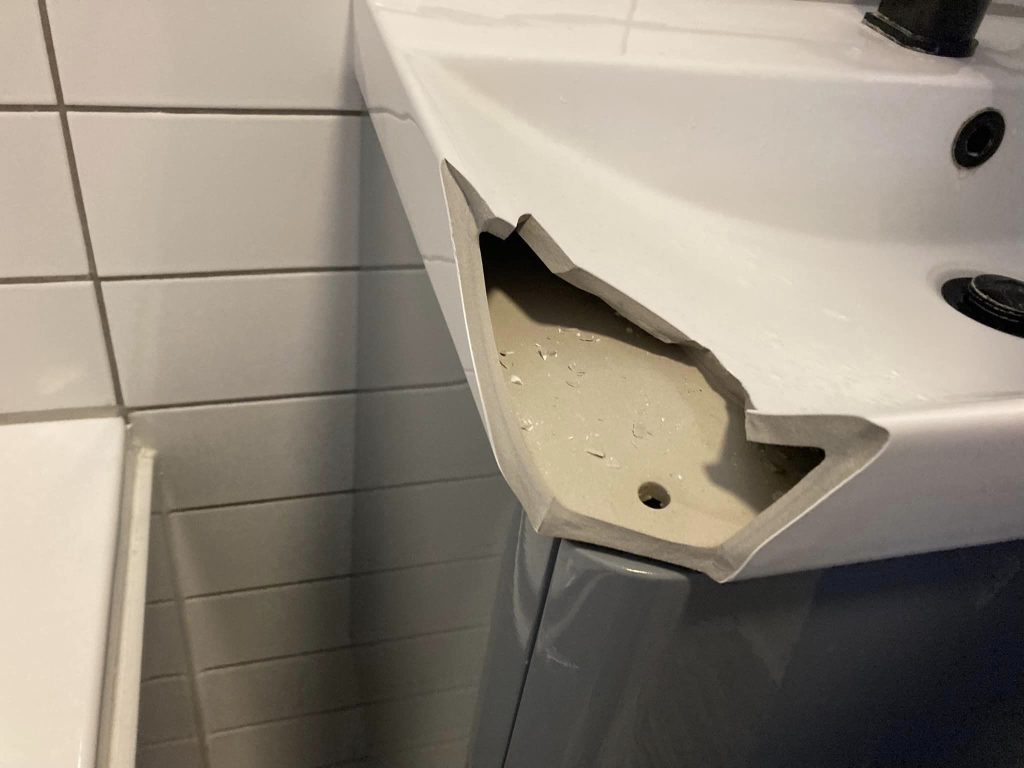So here are five tips for repairing damaged stone that will keep the cost down for property owners or insurance companies.
1. Stone work surfaces, fireplaces, plinths, surrounds and skirtings etc
Granite and marble or the various types of sandstone and slate surfaces typically suffer scratches, chips and worse as well as more gradual wear.
Instead of attempting to cut out and replace damaged sections, skilled repair specialists are able to rebuild these areas with colour matched fillers, replicating the appearance and reflectance. This may require small scale shuttering where edges have broken away, but the elaborate shapes can be restored while even exotic swirls and other patterns can be repainted.
2. Stained floors, work-surfaces and vanity units.
Even apparently hard and shiny stone can be surprisingly porous so spillages of paint, oil-based solutions, and even harsh cleaners or fruit juice or hard water can leave a visible mark
Plastic Surgeon’s Finishers are trained in the use of high speed grinders – using a graduation of progressively finer discs – which enables many blemishes to be gradually polished out; without creating a visually discordant change in shape. In the case of more extreme problems, the damage can be cut out, refilled, smoothed and the colour or pattern restored.
3. Stone mullions, sills, columns and balustrades etc
Frequently it is the ornate architectural features to stone buildings which suffer the most damage: either from impacts or the great British climate. Large chunks of missing masonry can be replaced by inserting anchors to accept a wire ‘cage’, onto which special mortar or exterior filler is applied and built up in layers. Even the finest or most ornate detailing can be copied or etched into the surface. The final colour match to the original can be achieved by mixing pigments in the filler or expertly painting the surface.
4. Graffiti Removal
Expertise is required here to assess both the nature of the stone and whatever has been used to deface it. Cleaning techniques utilizing mild abrasives, or chemical solvents can be successful without affecting the original character and texture of the stone, but it is a painstaking process. Plastic Surgeon has invested in sophisticated soda cleansing machinery, to deal with damage such as a historic masonry structures attacked by vandals. This technology would be equally applicable to most types of stone to clean away grime or graffiti without eroding the surface.
5. Reconstituted Stone (Decorative Concrete)
There are many types of reconstituted or reconstructed stone on the market, generally made from a mix of cement, stone waste and pigments. Chips and deeper damage can reveal that only a thin face layer is coloured, but the use of exterior grade fillers, along with tints and site matched paints can again achieve a lasting repair.







